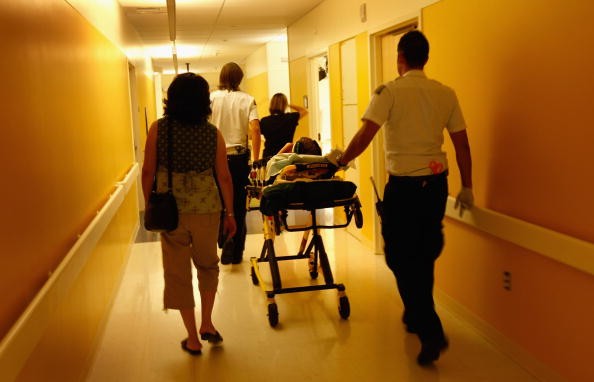
Nearly half of all pediatric patients who were hospitalized in the United States in 2011 were treated with combinations of drugs that could have interacted badly with each other. Such potential interactions could lead to serious adverse effects and appear to be a common risk for patients under age 21.
More than four in ten children and young adults were treated with interacting drugs that could have had serious consequences, and about three in ten with a combination that could have had moderate consequences. Opioid drugs were involved with 25% of the potential drug interactions and anti-infective drugs were involved in 17%.
Researchers found this information when they analyzed records from nearly half a million pediatric hospitalizations in 43 American hospitals in 2011. The potential drug interactions were identified using administrative records and software that identifies drugs that could interact with each other.
The study looked only at potential problems, not actual instances of problems due to drug interactions. There is no evidence on how many of these interactions resulted in actual complications or added illness. The study reports only that combinations of drugs were used that are known to potentially interact with each other.
The most common potential adverse drug reaction would have been a slowing down breathing, which could have occurred in 21% of the combinations. Increased risk of bleeding could have occurred in another 5% of cases.
Children who are ill enough to be hospitalized may be treated with many drugs during their stay, especially if they are chronically ill or have a long stay in the hospital. While this means that they are at greater risk for a drug interaction, it also means that they are being closely monitored around the clock and a drug interaction that causes a problem should be caught quickly and managed.
The study was conducted at Children's Hospital Colorado, the University of Colorado School of Medicine, the Children's Hospital of Philadelphia, and the Perelman School of Medicine at the University of Pennsylvania. It was published in the journal Pediatrics.

